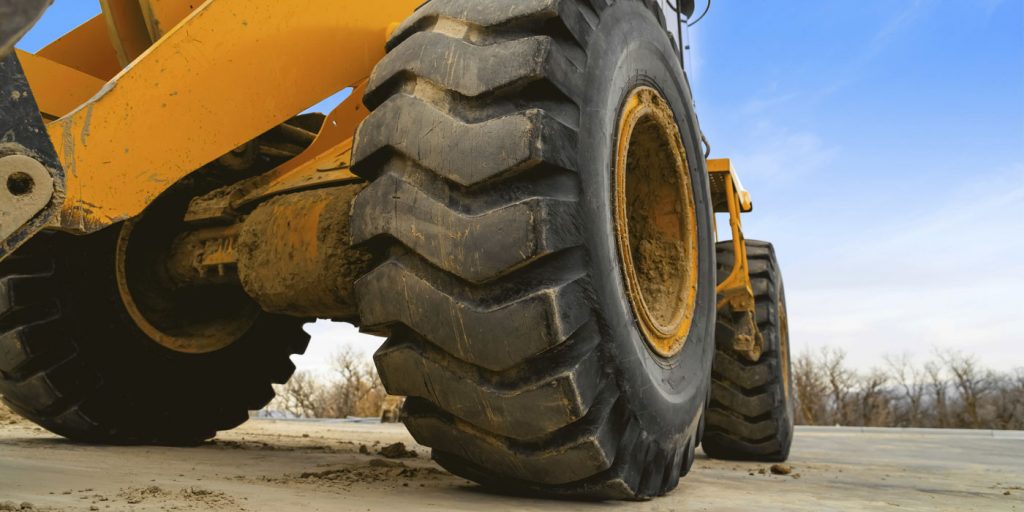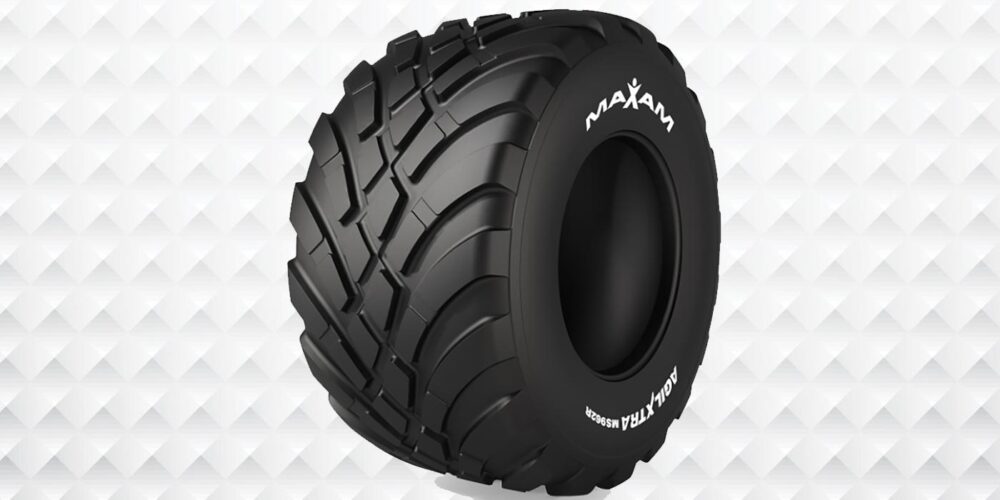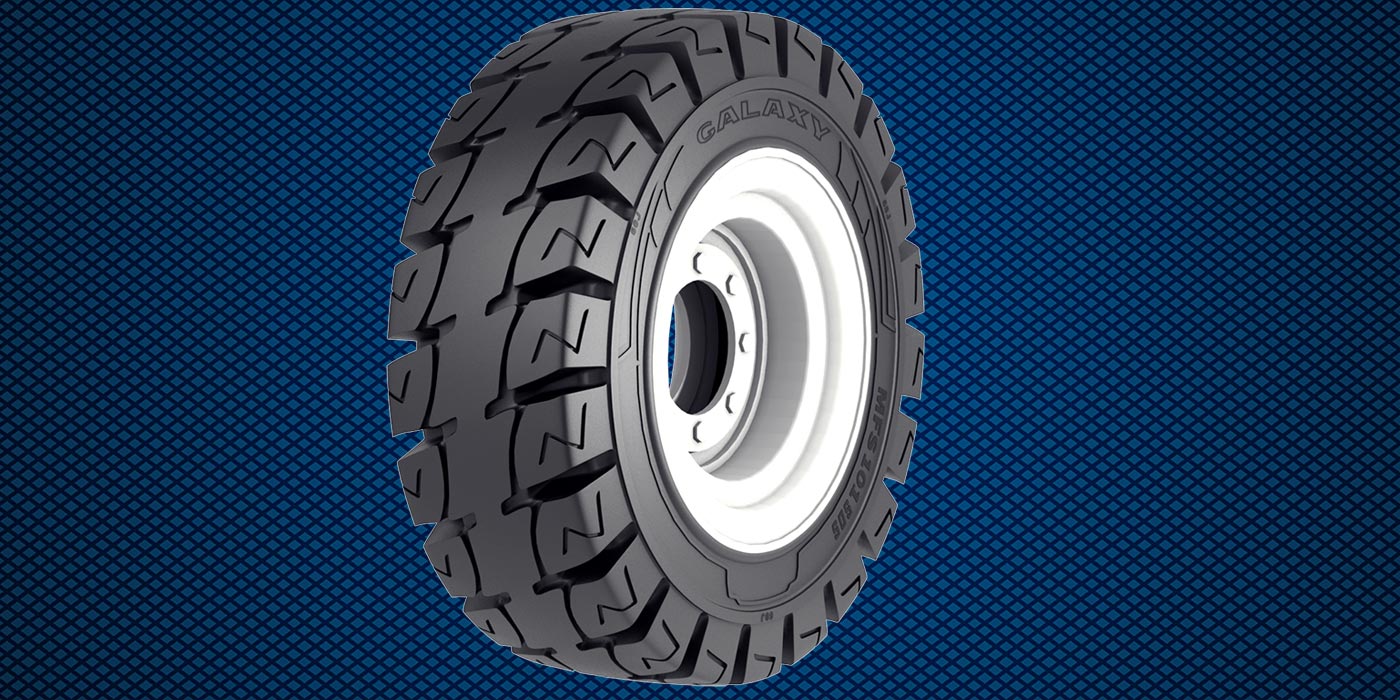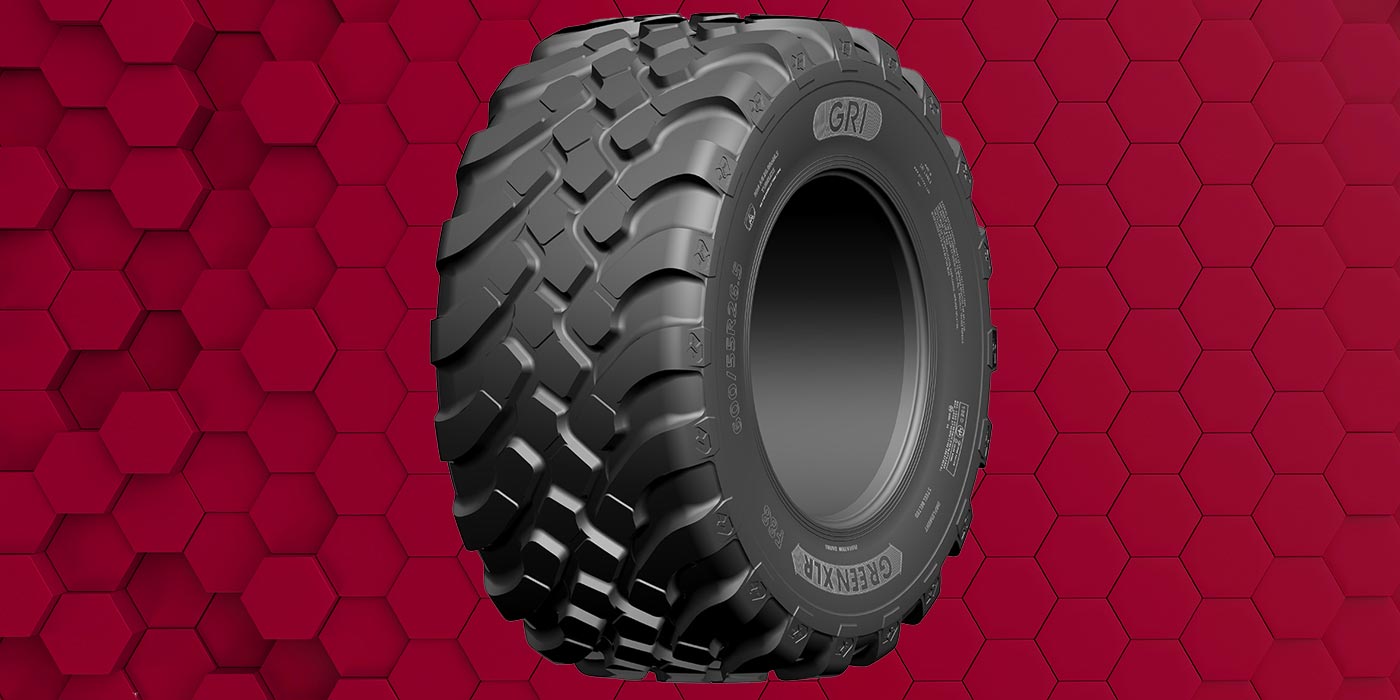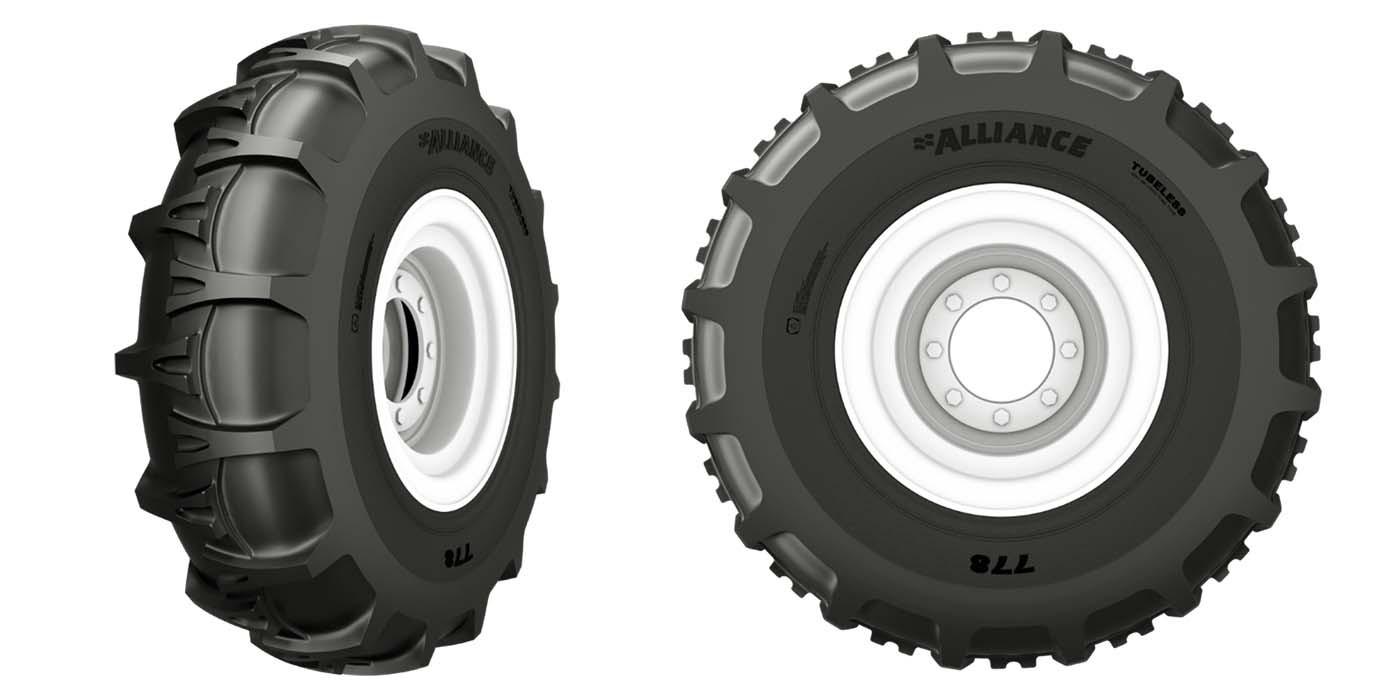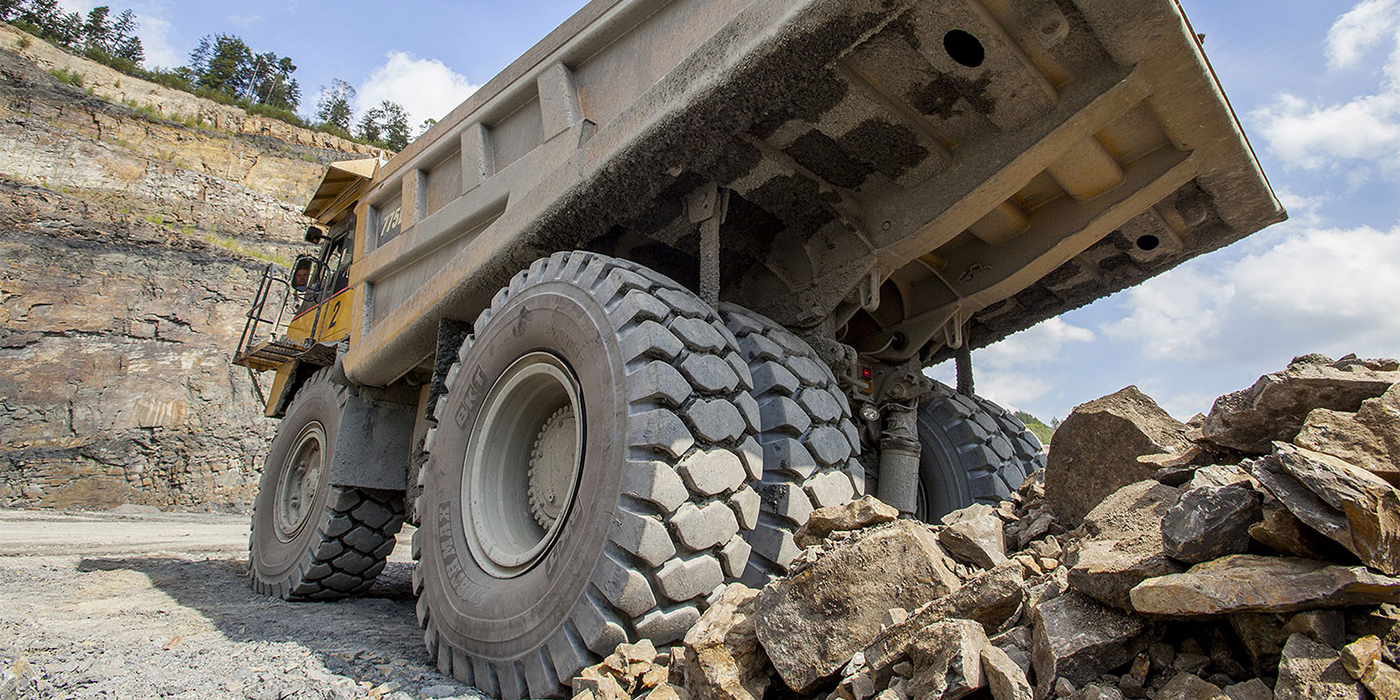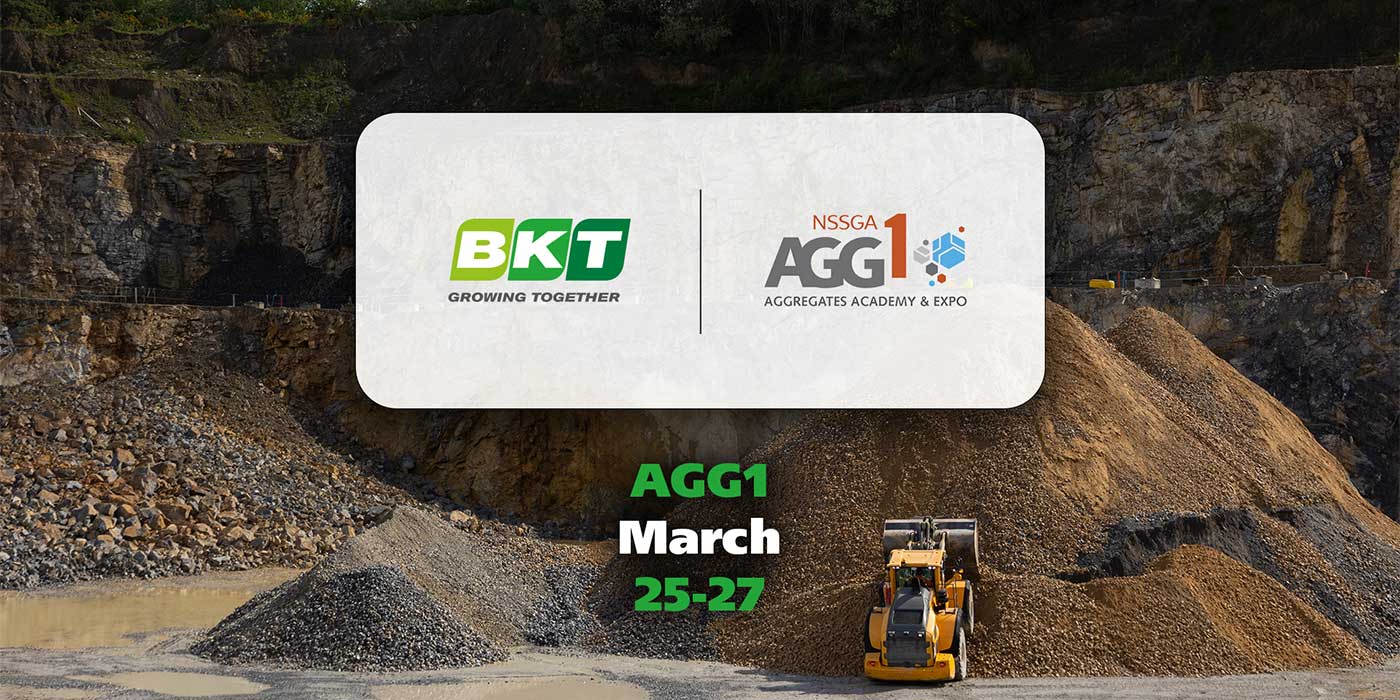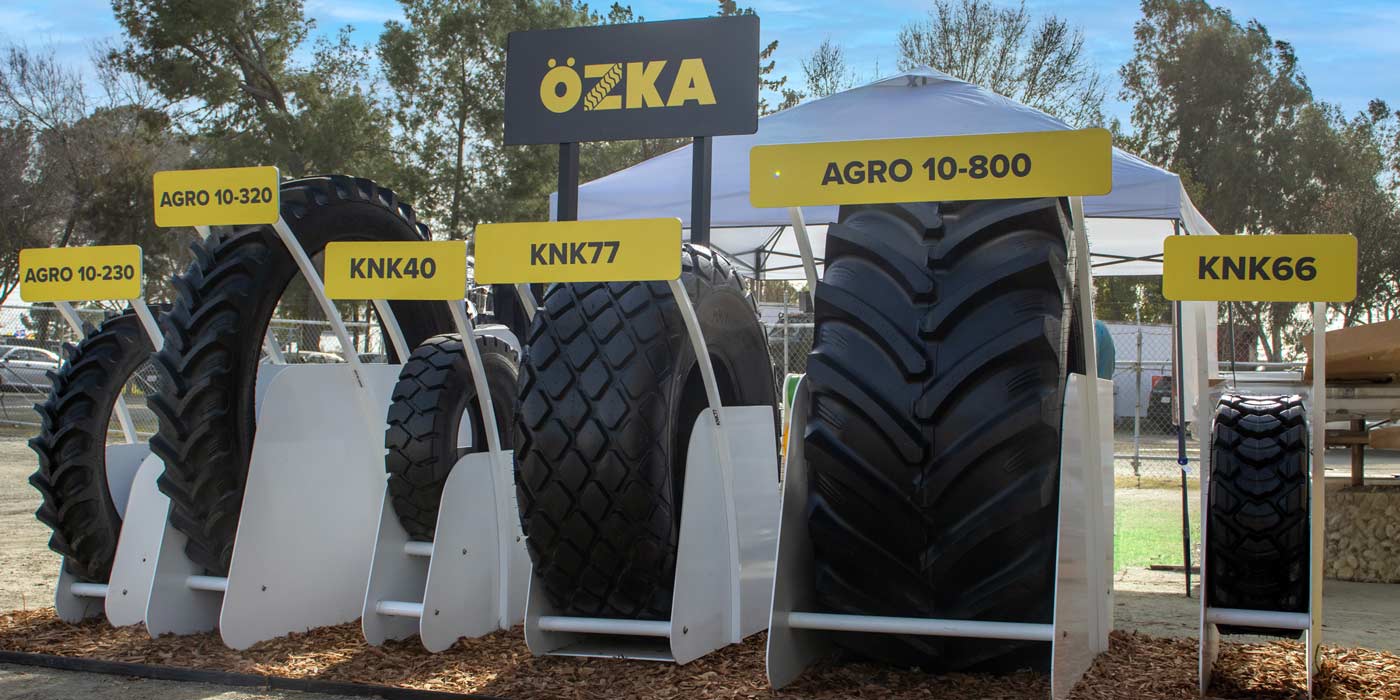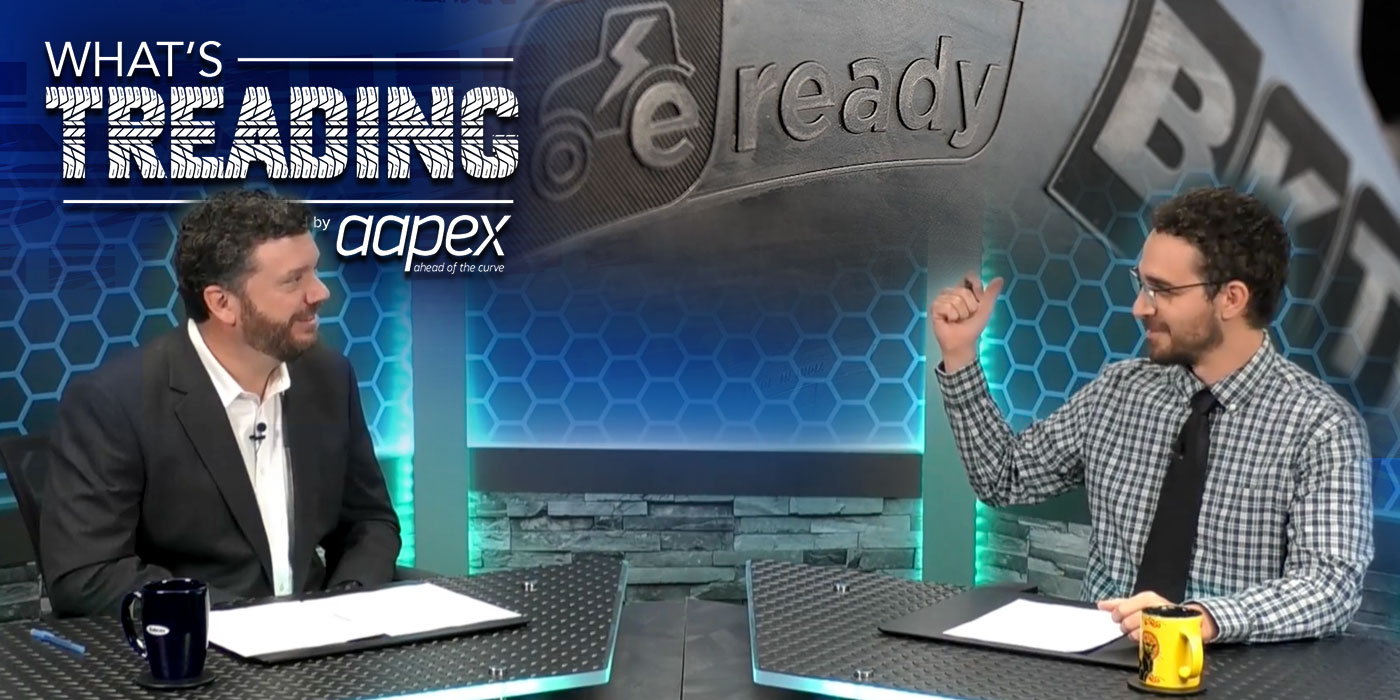Perhaps the most important aspect of proper OTR tire care is air pressure. As I mentioned in my column in September, air in a tire is like oil in an engine.
When properly maintained, both will run for many hours or miles with no issues. Air pressure can make—or literally break—your customer’s tire investment.
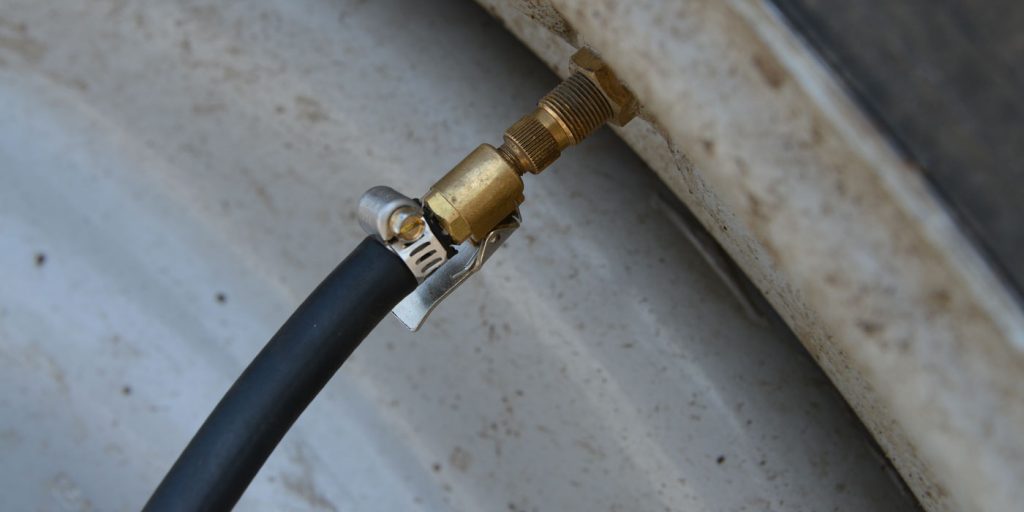
Cold Inflation
A true cold inflation is one where the tires have been sitting for 24 hours. If you are able to only do an inflation check on a hot (working) tire and you know the cold inflation, then you can track the inflation. This will give you a good look at how the operation is running and if the tires are operating within their rated capacity. If your inflation pressure is within 20% of the known cold inflation, the operation is working the tires within the rated capacity.
When you’re at a worksite, never let air out of a tire that has been working. If there is any concern with the inflation reading and the air pressure is well above the 20% range, meet with someone at the site to move the piece of equipment to a different operating condition, or idle the machine and recheck the tire in 24 hours. This means that the tire is operating outside of the rating established for the tire. For example, the distance that a loader is being tramed might be the issue along with the cycle times, which is speed. On a haul truck, it could be the length of the haul, being overloaded or the cycle times are too fast. Dealers need to look at the working conditions the tire endures before making any air pressure changes. It may be a compound or an operating change, or both, to get the tire operating within its rated numbers.
If your inflation pressure is within 20% of the known cold inflation, the operation is working the tires within the rated capacity.
When the working air pressure is close to or less than the suggested cold inflation when the machine is working, the tire has another issue, especially if you have been doing regular cold inflations. The tires either have a slow leak at the valve or “O” ring area, or there is an object in the tire. Whatever the case, the tire needs to be looked at closer to determine the issue so it can be corrected. By running the tires under-inflated, the casing, as well as tire life, will be impacted.
Check out Part 1 of this story here.
Air Pressure Gauges
There are some pressure gauges out in the market that take the hot inflation and convert it to a cold inflation number. These gauges can be very beneficial, especially when the customer is operating 24/7 and weekly cold inflation checks are not possible.
Inflation pressure is dependent upon some basic principles. When overloads are encountered, inflation pressure should be increased as shown below:
- 2% for each 1% of overload;
- For radial tires, a maximum of a 14% increase in pressure and 7% overload;
- For bias tires, a maximum of a 30% increase in pressure and 15% overload.
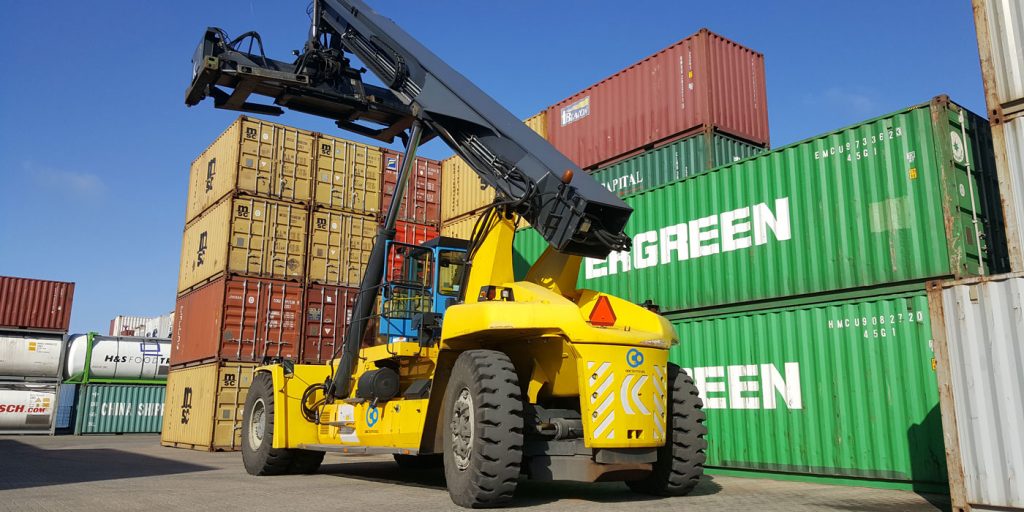
Over-Inflation
We always talk about under-inflation and the affects it has on an OTR tire (or for that matter any tire), but over-inflation is as serious as under-inflation. Cold inflation that is greater than 14% on a radial tire or 30% on a bias tire would be considered over-inflated.
Why is over-inflation as serious as under-inflation? One major issue is the overstressing of the tire carcass. The tire’s ability to envelope objects in its travel path is reduced which will damage the tire construction and could cause a rapid deflation. Traction is also lost as the tire’s footprint is not being properly utilized. The tire tread face is more rounded instead of being flat and even in the contact area. Since most of the load is in a smaller area, flotation will also be reduced in a soft underfoot condition. In addition, the tire is more vulnerable to spin cuts, chipping and chunking of the tread. Since the tire is designed to flex, it acts as a shock absorber. Over-inflation also produces a hard ride and possibly vehicle vibration.
Improper inflation, no matter how many times we bring it to people’s attention, remains an issue with tires on equipment. Sites are utilizing their equipment at a higher percentage which means proper maintenance of the tire is critical since air carries the load. Fleet inflation checks must be done and adjusted on regular bases. This will help to achieve the tire performance that your customer is expecting.
Just selling the correct tire for a specific application alone will not produce the expected performance and cost savings results that the customer is expecting. Advise your customers that proper inflation of the tire continues to be one of the key components for maximizing tire performance at any site.
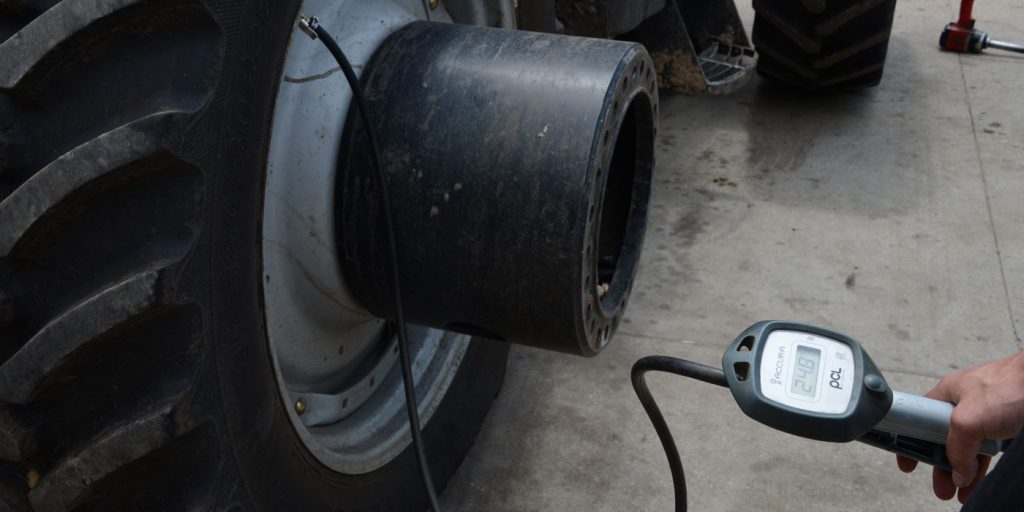
Considerations for Materials Handling Tires
Materials handling tires can be found on vehicles that work in harbors, airport applications, in industry or logistics sectors and more, and the tire requirements for each environment varies. Typically, vehicles in this segment are equipped with solid tires, pneumatic industrial tires or off-the-road pneumatic tires. If a fleet is equipped with the latter two options, inflation is a key topic when dealers are working with fleet managers and on these vehicles equipped with materials handling tires.
When loading tires, dealers must consider the correlation between speed, inflation pressure and load capacity. Overloading results in premature tire failure, and dealers should consult technical documentation and inflation tables, which show the load and pressure figures for different operating speeds. On the other hand, underinflation results not only in incorrect tread wear but also in ply separation and eventually further damage to the ply. Overinflation makes the tire stiff and decreases its resistance against hits, leading to ply tear.
In determining the inflation for these types of tires, dealers should also take into consideration their application. For example, at what speeds are these tires run? What distance are they traveling daily? What is the weight of the load they’re carrying? What’s the environment like in which they’re operating? Consider factors like temperature, humidity, surface conditions and others when recommending proper materials handling tire maintenance.
Check out the rest of the January digital edition of Tire Review here.

